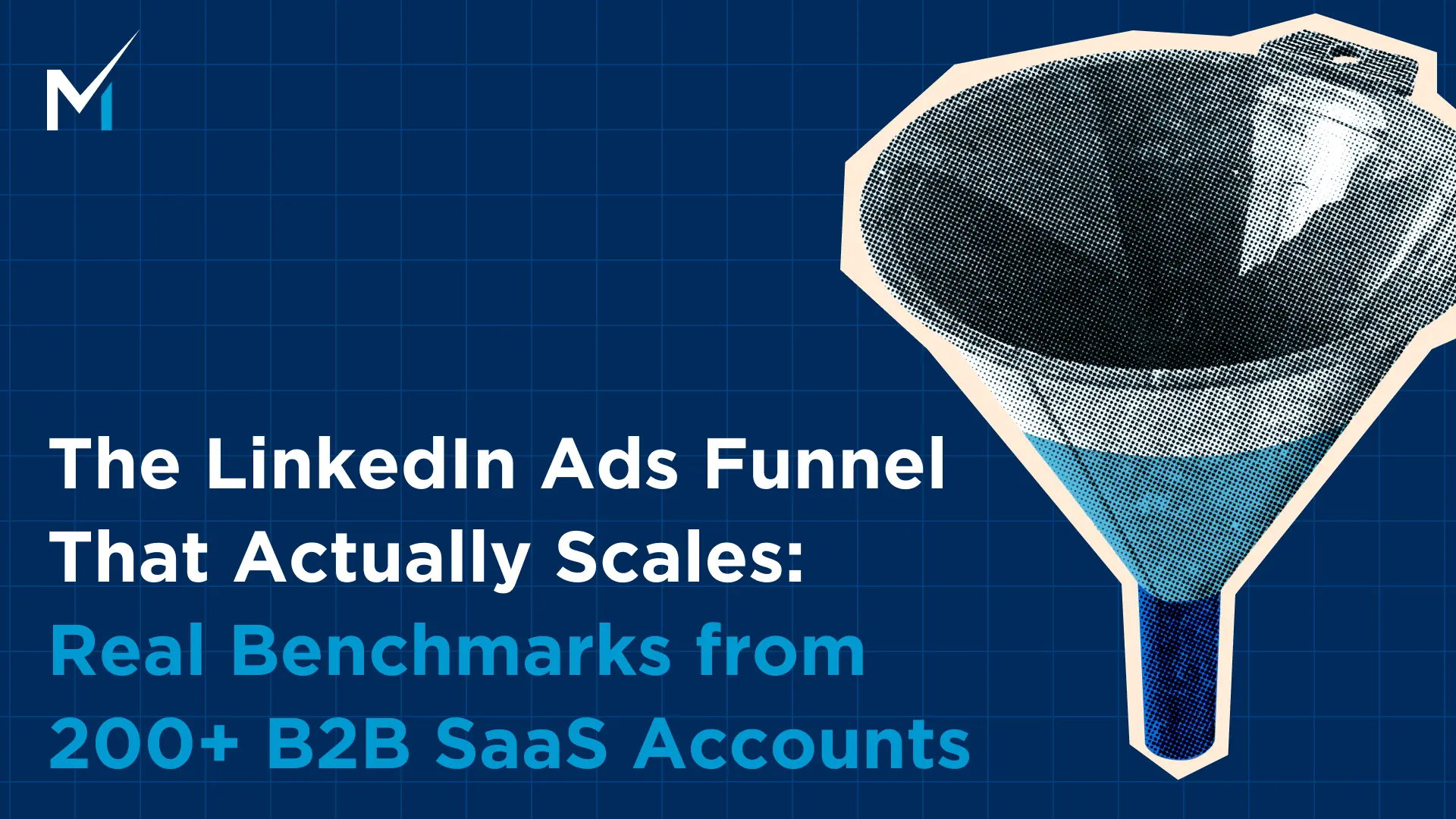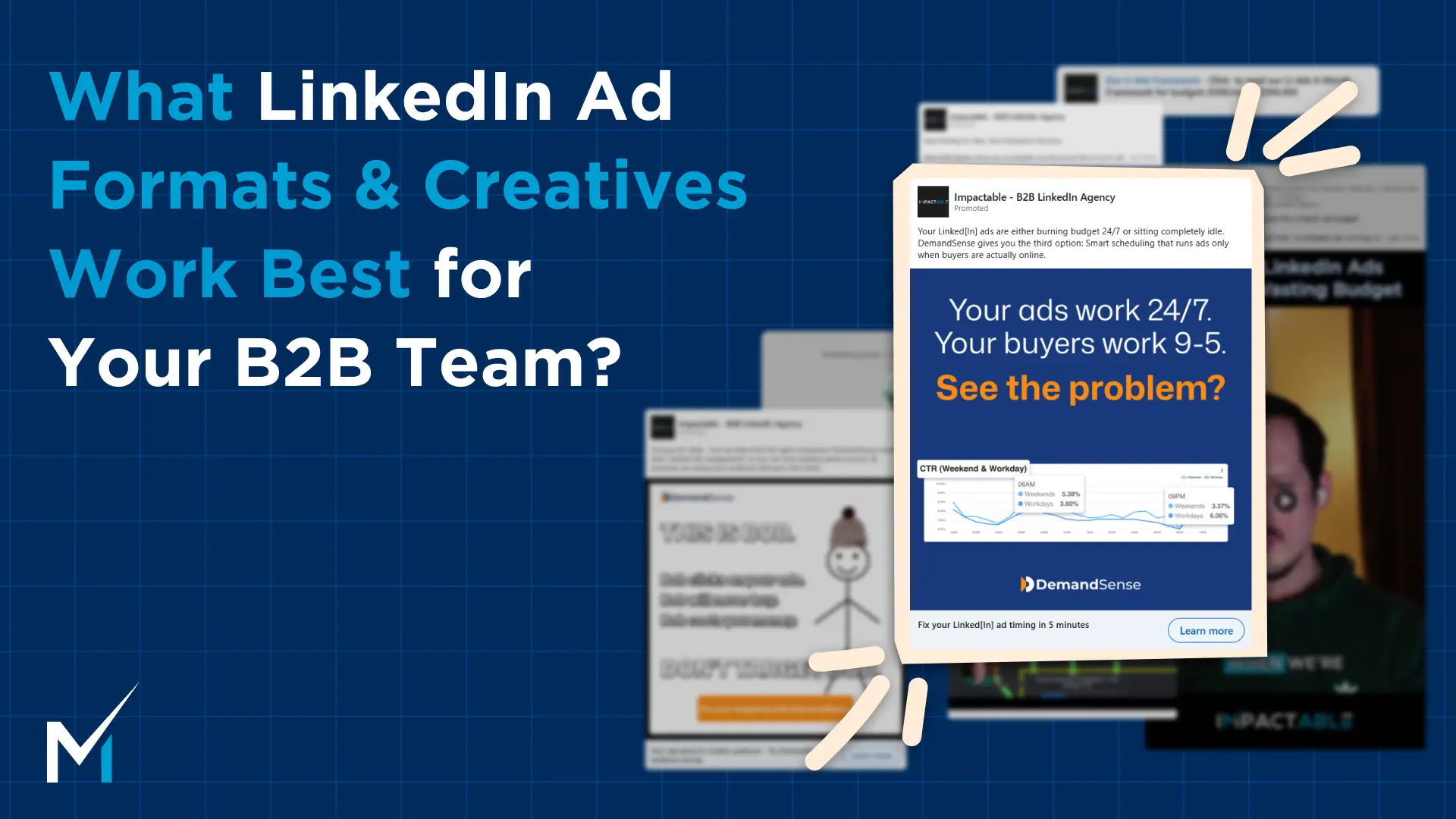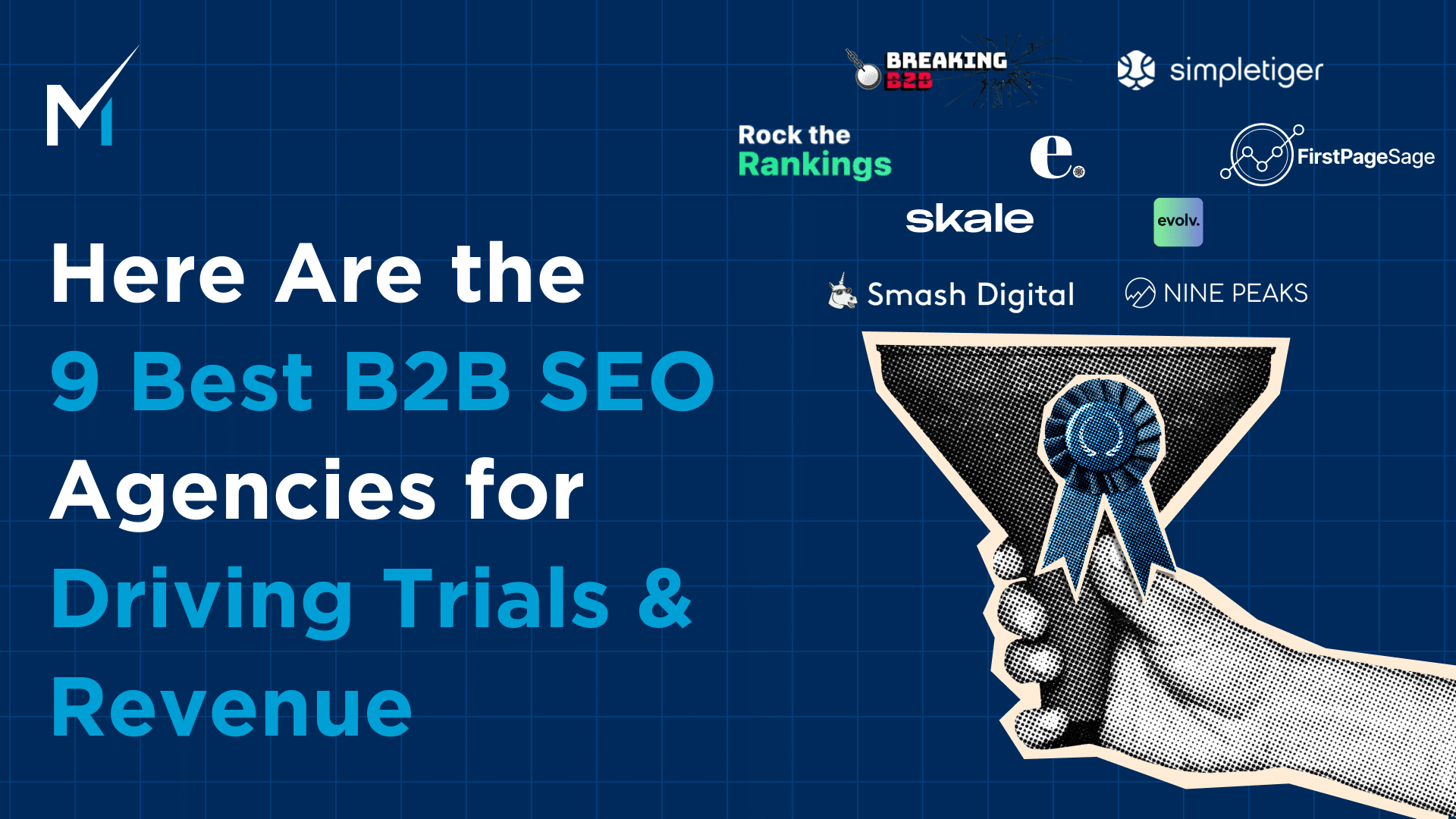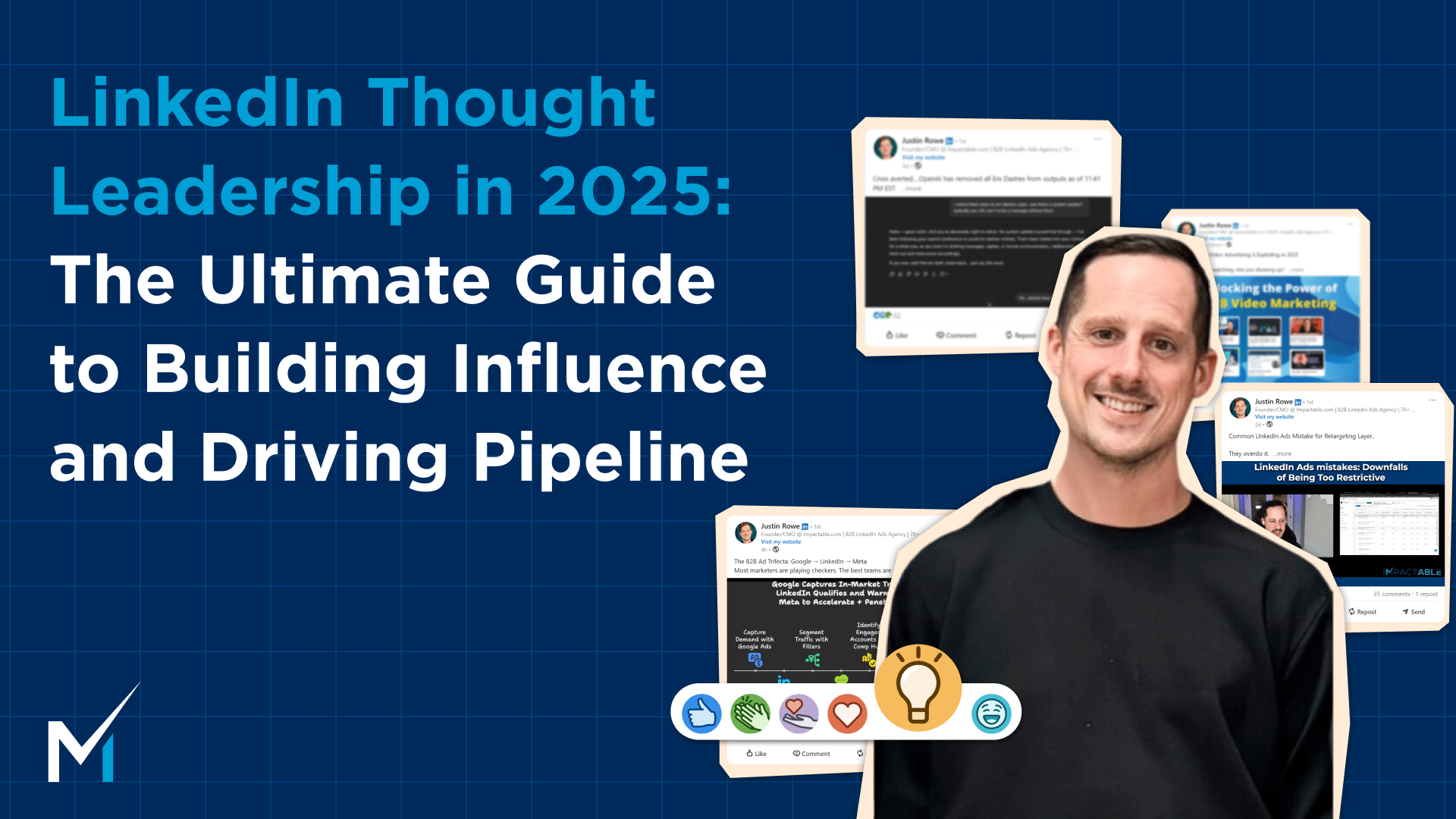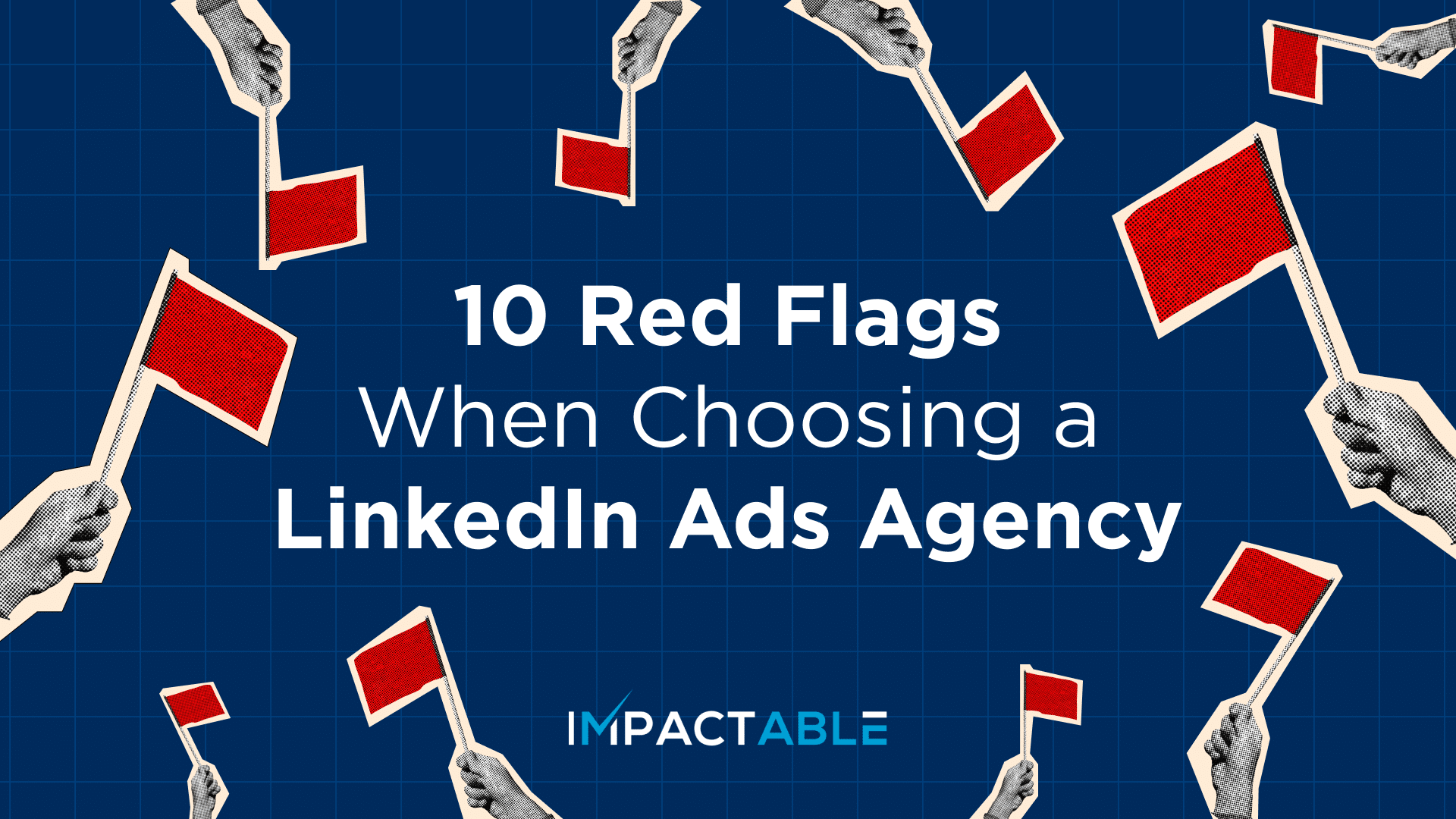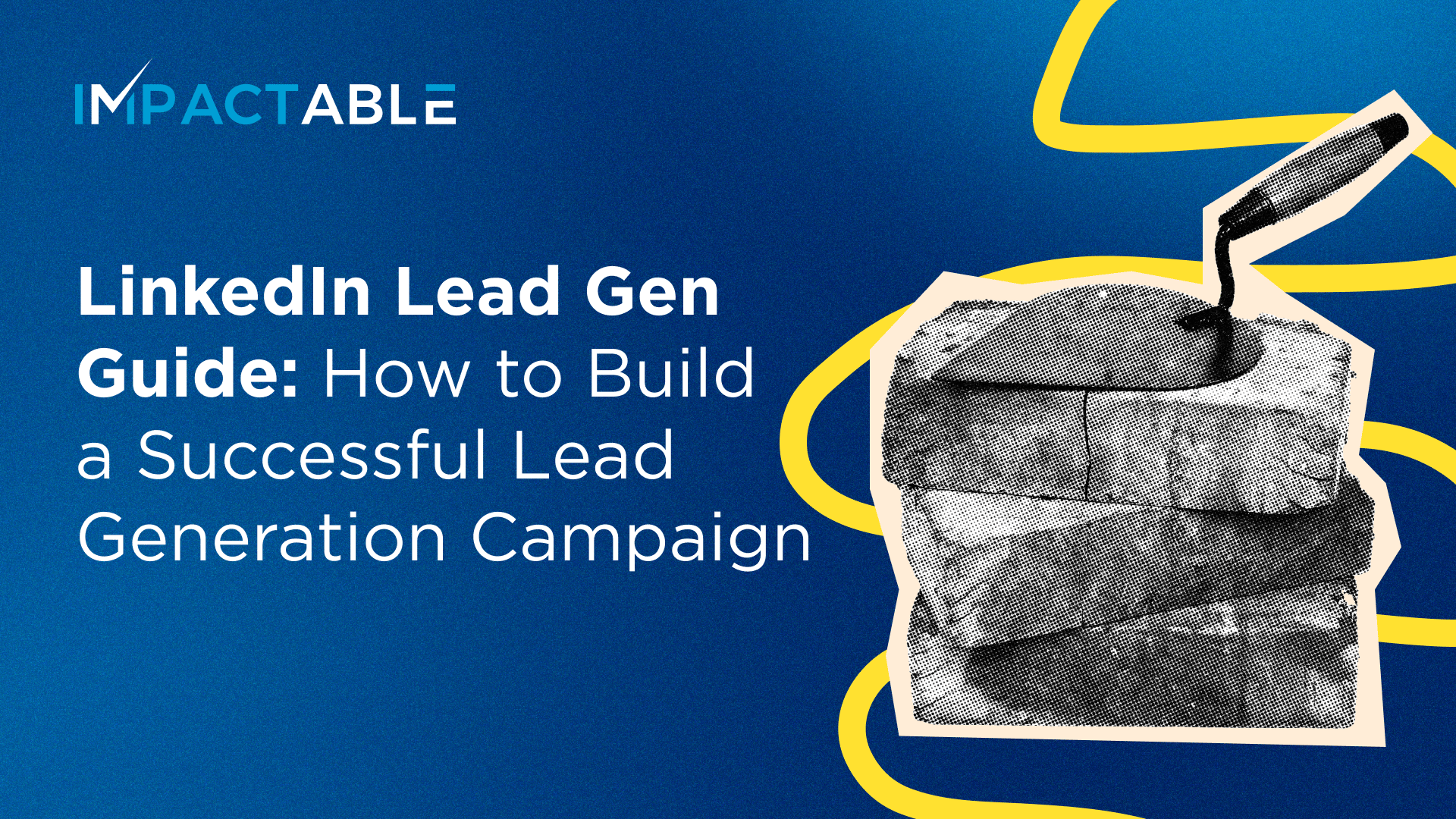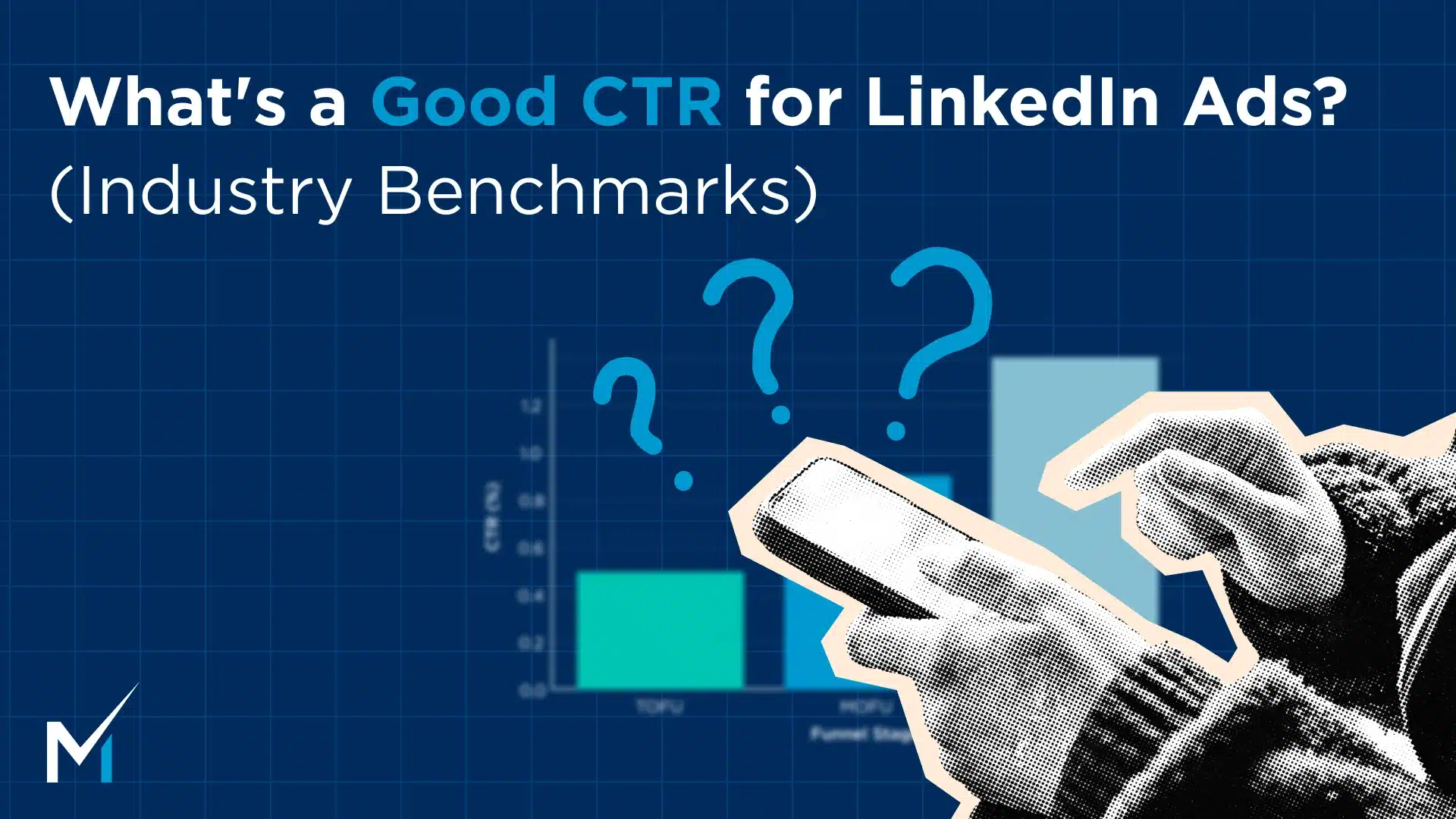Still betting it all on Google Ads in B2B? You’re not alone, but that strategy’s starting to feel a little… fragile.
I’m not saying Google doesn’t work. It does, when intent is high and your audience is ready to buy. But when budgets tighten and decision cycles stretch out, relying on a single platform to carry your whole paid strategy? That’s risky.
You’ve probably noticed it already: CPCs are creeping up, your leads are dragging their feet, and that once-reliable campaign suddenly feels a little less predictable.
This is where multi-channel PPC starts to shine. Not because it’s flashy. Because it’s flexible. While Google captures demand, channels like LinkedIn and even Reddit help you create it. That combo is what keeps your pipeline moving when the usual plays start breaking down.
In this market, channel diversity isn’t just a smart move. It’s how you stay in the game.
The Limits of Google Ads in 2025
Let’s not sugarcoat it. Google Ads isn’t getting any cheaper, easier, or more predictable. CPCs are up. The SERP is more crowded than ever. And now you’ve got AI-generated answers nudging your ads further down the page.
Intent is great when it’s there. When someone’s actively searching for a solution like yours, you want to show up. But here’s the problem. You’re not the only one who figured that out. Everyone and their competitor is bidding on the same high-intent terms, which means you’re paying more just to stay visible.
And what about all the people who aren’t searching yet? The ones who should be in your pipeline but aren’t even aware they have a problem? Google can’t touch them. That’s where intent-only strategies start to crack. You’re showing up for buyers who are already in-market while missing the ones who actually need a little warming up first.
This is the trap we see all the time. Smart marketers leaning hard into Google because it’s familiar. But in 2025, familiarity might be what’s holding your campaigns back.
Want a refresher on what’s still working in Google Ads? Here’s a breakdown worth bookmarking.
What Multichannel Really Looks Like (And Why It Works)
Multichannel gets tossed around a lot, usually in some deck with a funnel diagram and way too many arrows. Let’s simplify it.
It just means you’re not dumping all your ad spend into one platform. Instead, you’re spreading budget across two or more paid channels that serve different roles in the buyer’s journey. Think Google for capturing demand, LinkedIn for creating it, and maybe Reddit or programmatic for surround sound.
The real magic happens when those channels don’t just run side by side but actually work together. That’s channel synergy. It’s when LinkedIn warms up your audience and Google closes the deal. Or when retargeting on programmatic keeps leads hot after they bounce from your site.
Channel redundancy, on the other hand, is what happens when you throw money at three different platforms and all of them are doing the same job. No coordination, no lift. Just noise.
Here’s the difference at a glance:
| Strategy | What It Looks Like | Result |
| Channel Synergy | LinkedIn builds awareness, Google converts | Lower CPA, better pipeline |
| Channel Redundancy | Three channels targeting the same bottom-funnel keywords | High spend, little gain |
And it’s not just theory. We’ve seen companies that shift from single-channel to two or three well-aligned platforms increase their qualified lead volume by 30 to 50 percent within a quarter. No magic tricks, just better orchestration.
Multichannel works when it’s intentional. If your platforms are playing off each other instead of fighting for the same clicks, you’re on the right track.
Google + LinkedIn = Still the Best B2B Combo
If you’re running B2B ads and not pairing Google with LinkedIn, you’re missing out on one of the most reliable combos in the game.
Google captures intent. LinkedIn builds context. That’s the play.
Here’s how it works. A buyer sees your company on LinkedIn. Maybe it’s a video ad or a carousel showing off your use cases. They don’t click right away, but the name sticks. A few days later, they search your brand or product category on Google. Now your search ad shows up. They click. You just turned passive interest into action.
We use this all the time with SaaS companies targeting specific personas. Say you’re going after RevOps leaders at companies with 500 or more employees. LinkedIn gets you that exact audience based on job title, company size, and even industry. Once they’ve seen your ads, Google steps in to close the deal when they start searching for solutions.
It’s not just about showing up everywhere. It’s about showing up in the right sequence.
We break this down in more detail in our LinkedIn retargeting strategy guide, but the quick version goes like this:
- Step one: Run top-of-funnel video or content ads to cold LinkedIn audiences based on firmographic filters.
- Step two: Build retargeting audiences off that engagement.
- Step three: Layer in Google search campaigns targeting brand terms or bottom-funnel queries once your audience is warmed up.
Quick-win tip: Use LinkedIn to qualify, Google to convert. That order matters more than most people think.
This pairing gives you both reach and precision. One builds familiarity, the other captures demand. When they’re aligned, the impact is way bigger than what either can do alone.
What to Know Before Testing Reddit, Programmatic & More
Multichannel doesn’t mean throwing spaghetti at the wall. Some of the newer or lesser-used platforms can add real lift if you know what you’re walking into. Let’s break down two of the trickier ones.
4A. Reddit: Underrated but Tricky
Reddit ads are like fishing in a very loud pond. The fish are there. But so are the trolls.
That said, Reddit can work well for B2B when you hit the right niche. Think r/sysadmin, r/startups, r/sales. These communities are tight, active, and full of exactly the kind of roles that can influence a buying decision.
Best play here? Promote genuinely helpful content. Think comparison posts, how-tos, or early access offers. And don’t expect a direct pipeline hit on day one. Reddit users are skeptical by nature. You’ll need longer nurture sequences, follow-up retargeting, and a strong content angle to make it pay off.
Also, be ready for comments. Some helpful, some very Reddit-y.
What you get in return is cheap traffic, high engagement (if you nail the tone), and a shot at visibility in places your competitors probably aren’t touching.
4B. Programmatic: ABM on Autopilot (Sorta)
Programmatic display has been getting a lot of buzz in the B2B space, especially for companies looking to do account-based at scale. And it’s not just noise.
The value here is in the targeting. You can get granular with company size, industry, and even intent signals like topics people are reading about. It fits nicely between your awareness and conversion stages. Perfect for mid-funnel nurture or re-engagement plays.
We’ve used programmatic for:
- Retargeting site visitors across news, tech, and business sites
- Running nurture campaigns to mid-funnel leads who ghosted after the first touch
- Competitor conquesting with ads that say “Yeah, we know you’re shopping around”
Just keep in mind, programmatic isn’t a set-it-and-forget-it tool. Creative and sequencing matter. If your messaging isn’t aligned with the user’s stage, you’ll just burn impressions.
Visual idea: Show where programmatic fits between LinkedIn (awareness) and Google (intent). It acts as the connective tissue that keeps your brand in front of buyers during the in-between moments when they’re not searching but still evaluating.
How to Spend Smart at Any Budget
Not every B2B brand has 50k to drop on ads every month. That’s fine. The key is knowing what’s realistic for your budget and where each dollar has the most impact.
Here’s how we usually break it down.
| Budget | What to Focus On |
| Low ($1–5k) | Start with Google. Tight keyword targeting, clear landing pages, no fluff. Use this time to build retargeting audiences for LinkedIn later. Think of it as laying the groundwork. |
| Mid ($5–20k) | Layer in LinkedIn for top-of-funnel and retargeting. Use programmatic or Reddit as testing grounds for mid-funnel engagement. Balance volume and quality. |
| High ($20k+) | This is where you go full funnel. Combine LinkedIn, Google, programmatic, and maybe even a bit of Reddit. Align your messaging across every stage. Treat this like a synchronized playbook, not just a budget dump. Here’s a deep dive on how we run high-budget multichannel campaigns. |
Notice what’s not on here? A one-size-fits-all stack. Every budget stage has its strengths, and there’s no point forcing a channel that doesn’t fit your funnel or audience just because it’s trendy.
The trick is getting your channels to work together, not just stack on top of each other.
Final Thoughts: Time to Move Beyond Google-Only PPC
One channel can’t do it all. Google is great for capturing demand, but it’s not built to create it. LinkedIn is perfect for reaching your exact buyers, but it doesn’t always close the loop. Programmatic fills in the gaps, Reddit catches the outliers.
The point is, if you’re serious about B2B growth, you need both reach and relevance. And the hard truth is, you rarely get both from a single platform.
I’ve seen too many accounts burn out because they leaned too hard into one channel for too long. Not because the platform was broken, but because it was working alone.Audit your current mix. If Google’s carrying the whole weight, you’re due for a pivot. If you want help building out a multichannel game plan, let’s talk.




